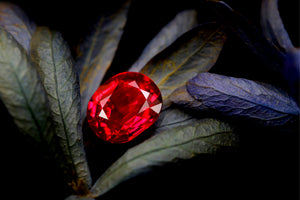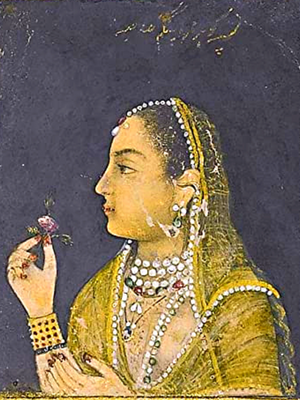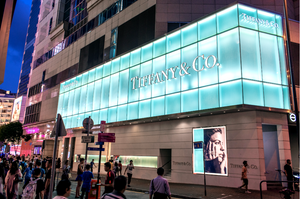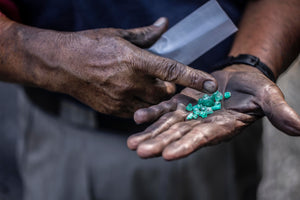Fabergé
The preeminent, iconic Eastern jeweler who left a global mark in the world of antique jewelry, Fabergé were remarkably unique in the way they left their mark, as they made their name crafting jewels that were truly, as the saying goes, "Fit for a king."

In 1842, Gustav Faberge of Baltic Germany opened Fabergé Jewelry in St. Petersburg, Russia. As the Russian nobility at the time fawned over French culture (French was the official language of the Russian Royal Court), Gustav wisely added the famous “accented é” in place of the traditional spelling, as to make the jeweler more marketable. The company grew slowly but surely until son Carl Faberge got involved in his father’s business, as Tsar Alexander III took a liking to a specific treasure from Carl’s 1885 exhibition: a replica of the 4th-Century BC gold bangle from the Scythian Treasure, regarded as a timeless Russian artefact. Tsar Alexander II claimed he could not distinguish the Fabergé replica from the original, and was so impressed he commissioned the House of Fabergé to make an Easter Egg for his wife– thus a legend was born.


Faberge’s work for the Tsar was what made Fabergé synonymous with royalty and fine jewelry– the first of the famed “Fabergé Eggs”. Tsar Alexander III continued this tradition annually, commissioning a total of 69 Fabergé Eggs– 50 of which were commissioned for the Russian crown. The Tsar was in such awe at the superior craftsmanship of the eponymously-named jeweler that not even he knew what design the egg would form: the only stipulation was that each one should contain a pleasant surprise.











